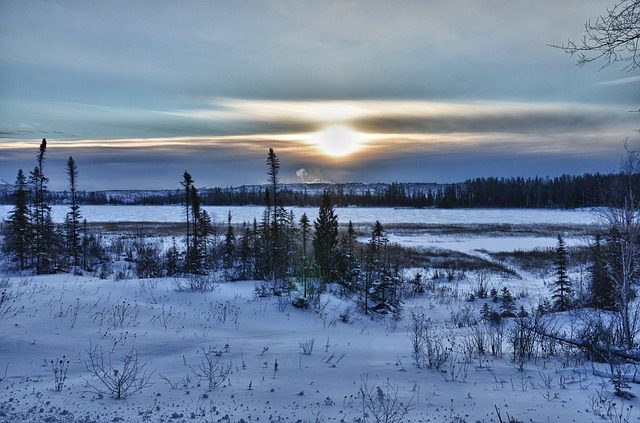In Akunnittinni, an exhibition at the National Museum of the American Indian in Manhattan, three artists (grandmother, mother and daughter) showcase distinct artistic vocabularies in Cape Dorset.
Cape Dorset is called “Kinngait” in Inuktitut, the local language in northern Canada.
“Beneath their divergent styles were common concerns about the wages of modernization, as well as the role of art among families and communities — as captured in this show’s Inuktitut title, Akunnittinni, which can be translated as ‘Between Us,'” writes The New York Times.
“The eldest artist, Pitseolak Ashoona, was born in 1904 and came to art late in life, partly to earn a living after her husband’s death. (Art sales are a significant component of the Inuit economy.) Her stone-cut prints depict seals, dogs, ballplayers and a camping family as hard-edge figures afloat in fields of white,” notes the Times.
Several of Ashoona’s 17 children became artists, including Napachie Pootoogook, this show’s second figure, whose drawings engaged with social concerns in their community, including alcoholism and abuse.
“Pootoogook’s daughter Annie Pootoogook took that present-tense orientation even further, completing raw but often humorous drawings of contemporary life in Cape Dorset,” the Times points out. “One interior scene is ‘Watching the Simpsons on TV.’ Also here is a sweet drawing of Ms. Ashoona, her grandmother, standing slightly askew in a polka-dot kerchief and Nana Mouskouri-style eyeglasses.”

